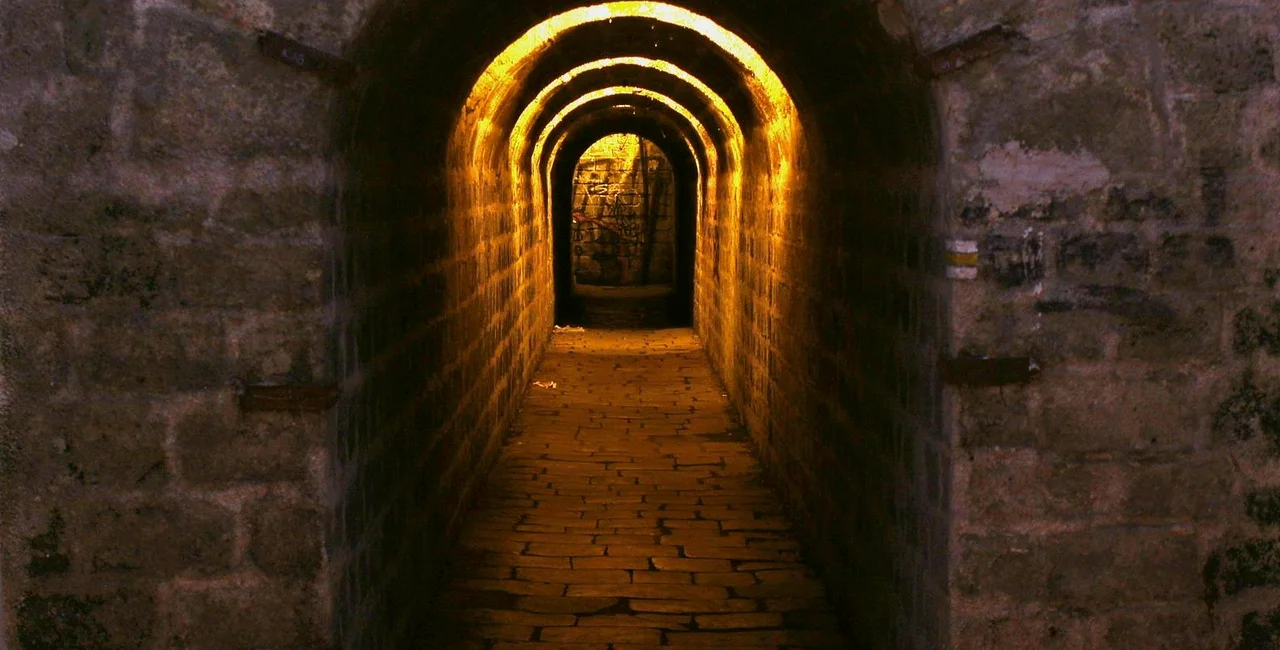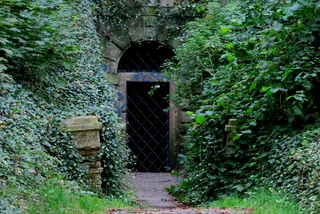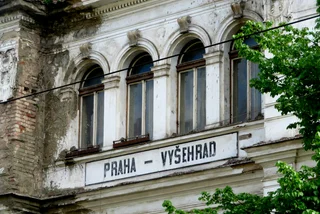Prague’s center is filled with architectural treasures that are usually well-protected, but the outer districts tend to be overlooked from a conservation standpoint. A minor landmark in the Vysočany district of Prague 9, though, has gotten a last-minute reprieve. A historical underpass in the Prague-Vysočany railway station had been slated for destruction as part of a long-planned renovation, but it will now live on, possibly as a small art gallery.
The tunnel has the oldest paving in Prague’s outer area. It only dates to the latter part of the 1900s, but much of what is now Prague had been rural until the late 19th or early 20th century.
Vysočany itself wasn’t even legally considered to be a town until 1902, though it had a sugar factory by 1835 and by the end of the 1800s had a brewery and an industrial plant that became the basis of the engineering firm ČKD. Vysočany became part of Prague in 1922.
And while some specific buildings like churches and manor houses have been been preserved for centuries in Prague’s outer reaches, paving used by the public has generally been been replaced on a regular basis due to contant wear and tear.
Prague Integrated Transport (PID) announced the decision to preserve the Vysočany rail station tunnel, which it described as “spooky,” on Facebook. Originally, the old section was to be filled in and then walled up.
“The neglected existing underpass from the 70s of the 19th century hides in [the station’s] northern part. It’s narrow tunnel has the oldest preserved paving in the territory of outer Prague,” PID stated.
The underpass won’t function as part of the rebuilt rail station. But it might be open the public with a new purpose. “The Prague 9 Town Hall would like to preserve and cultivate this part of the underpass. For example, they are considering using it as an exhibition space,” PID said.
The long-planned reconstruction of the Prague-Vysočany railway station begins April 10 as part of the modernization a 15-kilometer stretch of tracks from Prague to Mstětice. This is part of a larger project to upgrade the entire Prague to Lysá nad Labem line.
The original station building from the 1870s is scheduled to be torn down, as it is not architecturally significant.
It will be replaced by a modern check-in hall that provides shelter from the weather and has escalators and an elevator for barrier free access to the tracks. The new building will be moved so it doesn’t stand in the middle of the tracks like its predecessor. There will be snacks and some shops in the new station.
Three covered platforms should be created. They will be connected by two underpasses, including one made from the newer part of the existing underpass. It will be modernized and significantly expanded for the comfort and safety of passengers, PID stated.
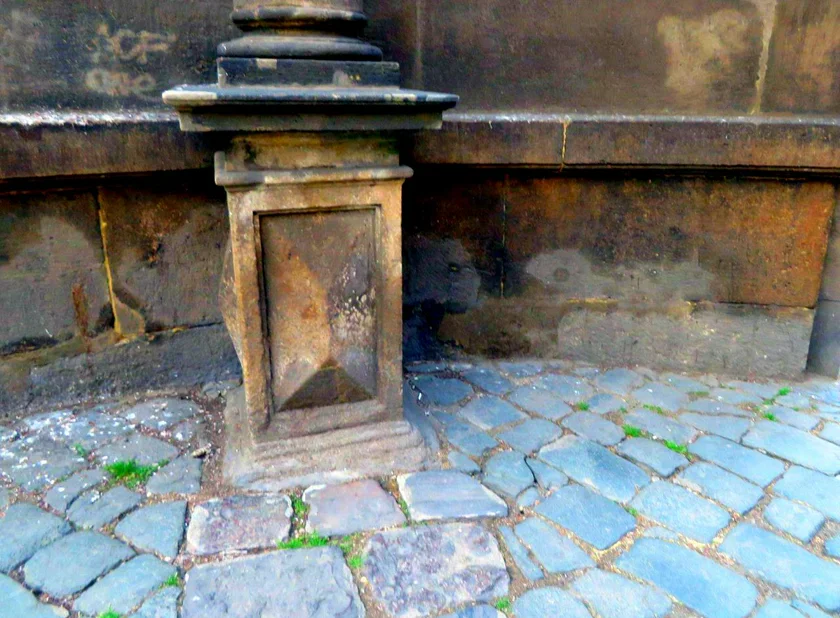
For people who are wondering where the actual oldest paving in Prague can be found, it is near Charles Bridge, but not on the bridge. Due to centuries of flooding and subsequent repair work, very few original stones of any kind can be found on the bridge. Much of the paving on the surface only dates to 2008–10, when there was a large but controversial renovation.
But if you look at the Old Town side of Charles Bridge at Křižovnické náměstí, next to Church of St. Francis, you can find the the wine column decorated with carvings of grape vines, topped by St. Wenceslas. The well-worn reddish-brown paving stones in front of the column allegedly come from the Judith Bridge, which crossed the Vltava from 1172 to 1342. It was replaced by Charles Bridge in 1357.
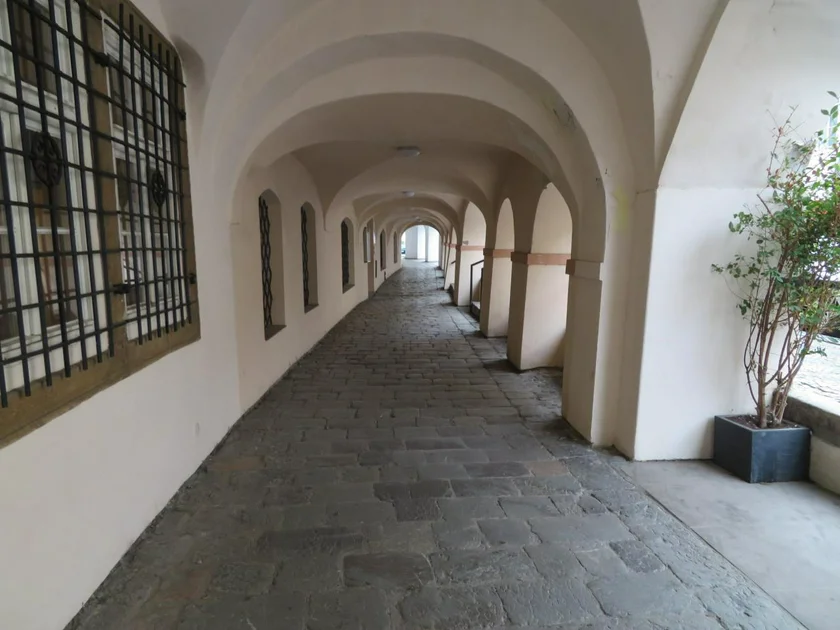
Another place where the pavement has managed to go unchanged for centuries is at Maltézské náměstí in Kampa, under the covered arcade at the building called Straka z Nedabylic Palace, also known at At the Seven Devils and At the White Horse. It dates to at least the 16th century. The arcade covering has protected the paving stones from the elements.
Paving was also in the news recently during the renovations of the lower part of Wenceslas Square, as some of the existing stones had been made from Jewish tombstones. These were replaced, and any fragments with lettering were returned to Prague’s Jewish community.












 Reading time: 3 minutes
Reading time: 3 minutes 